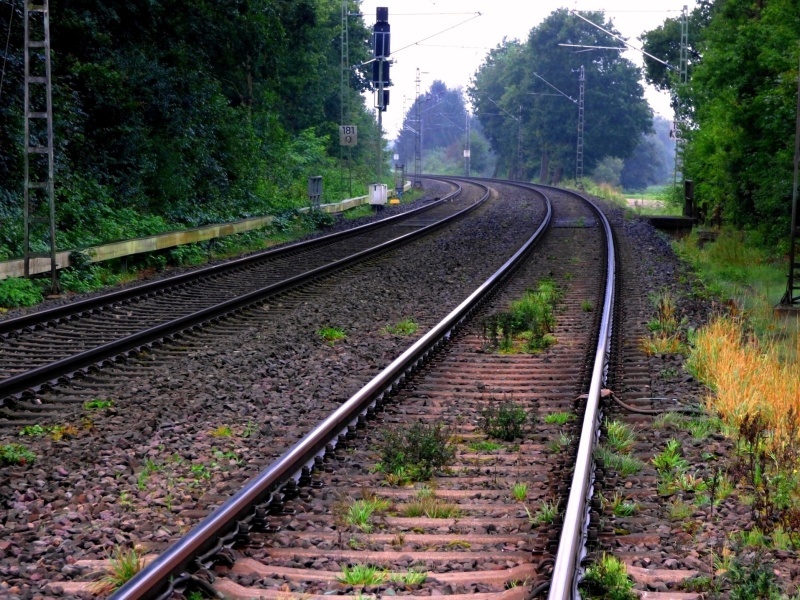SCBA 3RX
21058
From 2022 to 2023
TML has reassessed the social cost-benefit analysis of the 3RX project, an alternative option for the re-commissioning of the Iron Rhine, with new transport forecasts and updated figures. The SCBA included the calculation of direct effects on freight and passenger traffic, indirect effects on the economy, and external effects such as emissions and noise. To calculate the indirect effects, TML used the ISEEM model.
The re-commissioning of the Iron Rhine, the rail link between the port of Antwerp and the German Ruhr region, has been extensively researched and documented in the past. Between 2015 and 2017, the feasibility of an alternative option called the Rhein-Ruhr Rail Connection (3RX) was investigated. This involves upgrading a number of existing sections in the Meuse-Rhine-Ruhr border area connecting Weert to Viersen via Roermond and Venlo.
In this report, we reassessed the 2017 social cost-benefit analysis (SCBA), which was part of the feasibility study, for the 3RX project. We did so based on new and relevant elements and figures.
Our new calculations, based on new transport forecasts and with updated figures, led to a big improvement in the overall benefit-cost ratio compared to the previous 2017 study. However, the result was still negative. For Belgium, the result was positive, for Germany neutral, and for the Netherlands strongly negative.
The SCBA took into account all societal effects. We first calculated the direct effects (the effects for rail freight and passenger transport) and then the indirect effects (the effects on the economy). Finally, we calculated the external effects (the changes in emissions, noise, accidents, vibrations). We then plotted these against the cost of the project.
TML was responsible for project management and the SCBA itself. We calculated the indirect effects using the ISEEM model.
The re-commissioning of the Iron Rhine, the rail link between the port of Antwerp and the German Ruhr region, has been extensively researched and documented in the past. Between 2015 and 2017, the feasibility of an alternative option called the Rhein-Ruhr Rail Connection (3RX) was investigated. This involves upgrading a number of existing sections in the Meuse-Rhine-Ruhr border area connecting Weert to Viersen via Roermond and Venlo.
In this report, we reassessed the 2017 social cost-benefit analysis (SCBA), which was part of the feasibility study, for the 3RX project. We did so based on new and relevant elements and figures.
Our new calculations, based on new transport forecasts and with updated figures, led to a big improvement in the overall benefit-cost ratio compared to the previous 2017 study. However, the result was still negative. For Belgium, the result was positive, for Germany neutral, and for the Netherlands strongly negative.
The SCBA took into account all societal effects. We first calculated the direct effects (the effects for rail freight and passenger transport) and then the indirect effects (the effects on the economy). Finally, we calculated the external effects (the changes in emissions, noise, accidents, vibrations). We then plotted these against the cost of the project.
TML was responsible for project management and the SCBA itself. We calculated the indirect effects using the ISEEM model.


